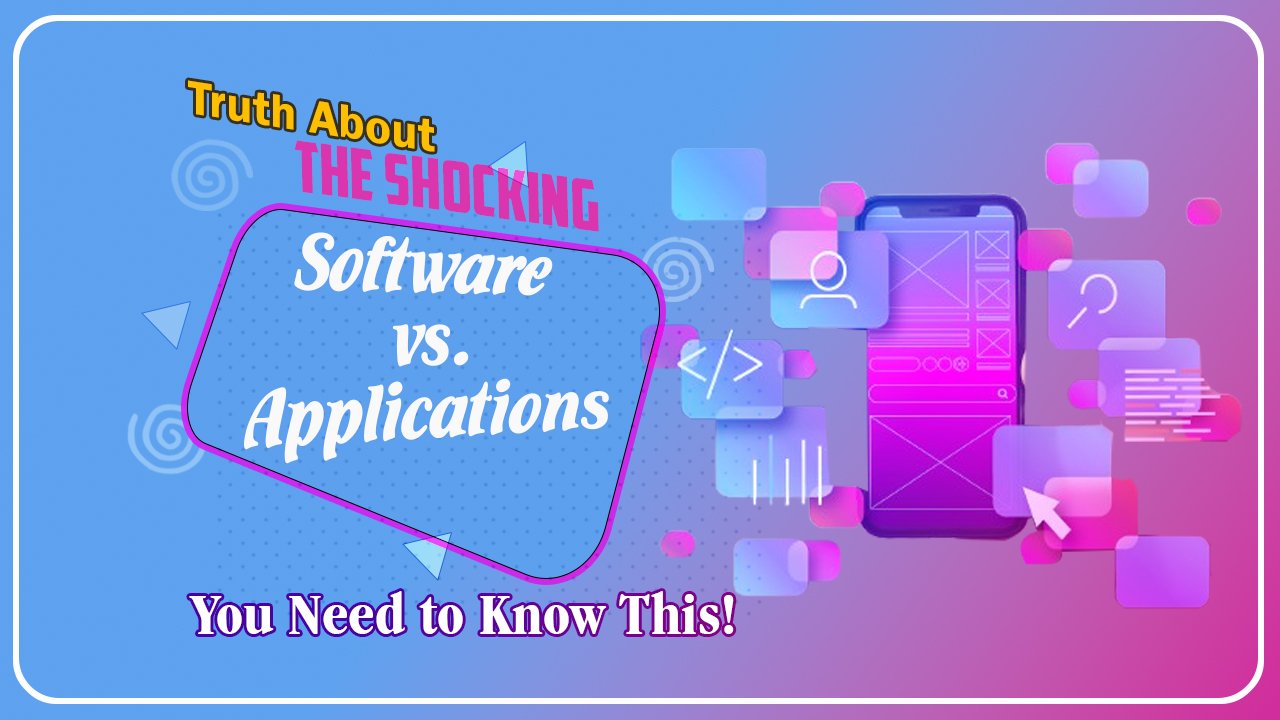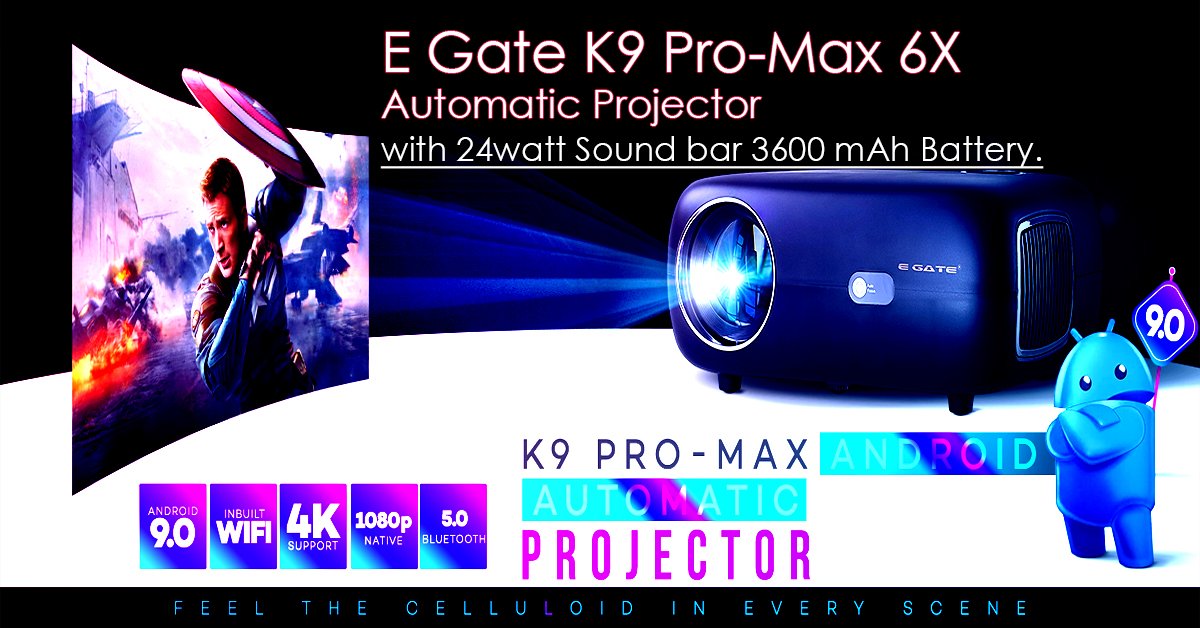Understanding the Diversion Between Software and Applications.
In the present era of the Internet, the terms “software and applications” are frequently used interchangeably, but they have distinct meanings. To make informed decisions about technology, it is important to distinguish between the two. A blog entry devoted to the Software and Applications Comparison will detail their features, attributes, and utilities, as well as some of their key differences. You’ll be able to comprehend the distinction between these two concepts and why it matters by the end.
Understanding the Basics.
Definition of Software.
The word software generally denotes the set of instructions, data, or programs that are used to operate computers and carry out specific tasks. Devices can perform tasks that are not present with hardware, thanks to their role as an intermediary.
Types of Software.
- Hardware management and application platform provision are provided by System Software Examples include:
Software products (e.g. Windows, macOS, Linux)
Printer, video card and other device drivers
Disk cleaners, antivirus software, and other utilities
- A type of software that is designed to perform specific actions for users. Examples include:
Word processors, such as Microsoft Word.
How do web browsers (such as Google Chrome) work?
Without the use of media players such as VLC Media Player.
Definition of Applications.
A type of software that assists users with completing tasks is known as an app, or “apps.”. They’re designed for specific purposes, such as solving a problem or providing entertainment.
Types of Applications.
- Desktop applications that are installed on computers and run locally, such as Adobe Photoshop.
- Utilizing web browsers like Google Doc to access applications.
- Apps: Created for mobile devices like smartphones and tablets (such as Instagram and WhatsApp).
The Comparison of Software and Applications in a Table.
| Aspect | Software | Applications |
| Definition | A collection of programs and data | A subset of software for specific tasks |
| Types | System software, application software | Desktop, web, mobile applications |
| Functionality | Manages hardware and system resources | Performs user-specific tasks |
| Use Cases | Operating systems, device drivers | Word processing, gaming, browsing |
| Examples | Windows, macOS, Linux | Microsoft Word, Google Chrome, Spotify |

Key Differences.
Functionality.
- Software: The hardware resources are managed by software, which also serves as a platform for running applications. For instance, a Windows operating system makes certain that your computer’s hardware operates in perfect sync.
- Applications: Users can be guided towards specific tasks through applications. For example, a web browser such as Chrome can allow you to surf the internet, and documents can be produced using microsoft Word or another word processor.
Usage Scenarios.
- Software: The software is necessary for the hardware’s operation and system maintenance. The absence of an operating system on your computer means that it is incapable of running applications.
- Applications: Real-world applications are utilized to accomplish tasks.
- Teams can use productivity apps like Slack or Trello to stay organized, while entertainment apps such as Netflix offer streaming options.
Pros and Cons.
Software.
Pros:
- Essential for hardware functionality.
- Improves system stability and functionality.
Cons:
- Average users may find the task challenging and intricate.
- Regular updates and maintenance are necessary.
Applications.
Pros:
- User-friendly and task-focused.
- A broad range of choices to cater to various needs.
Cons:
- To depend on system software.
- Restricted by the host operating system’s capabilities.
Frequently Asked Questions (FAQs)
1. Why do we use software?
The backbone of any computing device is software, which manages hardware resources and provides a platform for running applications.
2. Can there be an application without software?
System software, such as operating systems, is necessary for applications to function. Without software, applications cannot operate.
3. Are all applications considered software?
All applications are software, but some software is not an application. Why? Both system software and utility programs fall under the umbrella term Software.
4. How do I choose the right application based on software requirements?
Verify that an application meets all the system requirements for your device’s hardware and operating system.. Dedicated graphics cards and the appropriate Windows version may be required by high-end gaming apps. This is an illustration.
Conclusion:
The importance of contrasting the Two.
The distinction between software and applications is crucial for making informed decisions about technology. Hardware and system operation are based on software, while apps focus on performing specific tasks for users. Recognizing these as having specific functions and purposes allows you to better evaluate your personal, or even professional, needs when choosing technology solutions.
The Software and Applications Comparison will provide a trustworthy guide for tech-lovers and business professionals alike.
With this guide, you’ll not only understand what it is but also optimize your understanding of how these technologies can work in tandem to improve your digital life.






